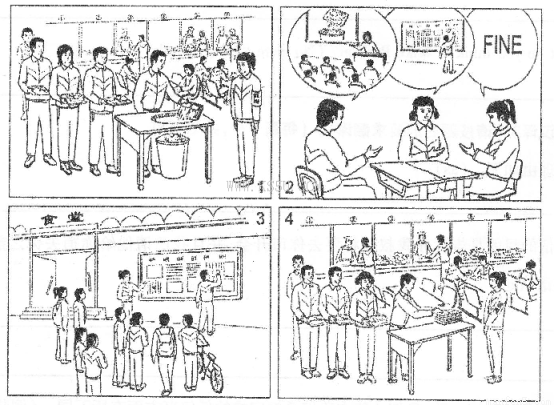题目内容
—I was worried about my math,but Mr.Brown gave me an A. —______________.
A.Don’t worry about it.
B.Congratulations! That’s a difficult course.
C.Mr.Brown is very good.
D.Good luck to you!
B
【解析】
试题分析:考查交际用语。A.别担心;B.祝贺你!那是一门很难的课程; C.布朗先生非常好;D. 祝你好运!句意:——我担心我的数学,但布朗先生给了我一个A。——祝贺你!那是一门很难的课程。故B正确。
考点:考查交际用语

练习册系列答案
 阅读快车系列答案
阅读快车系列答案
相关题目
